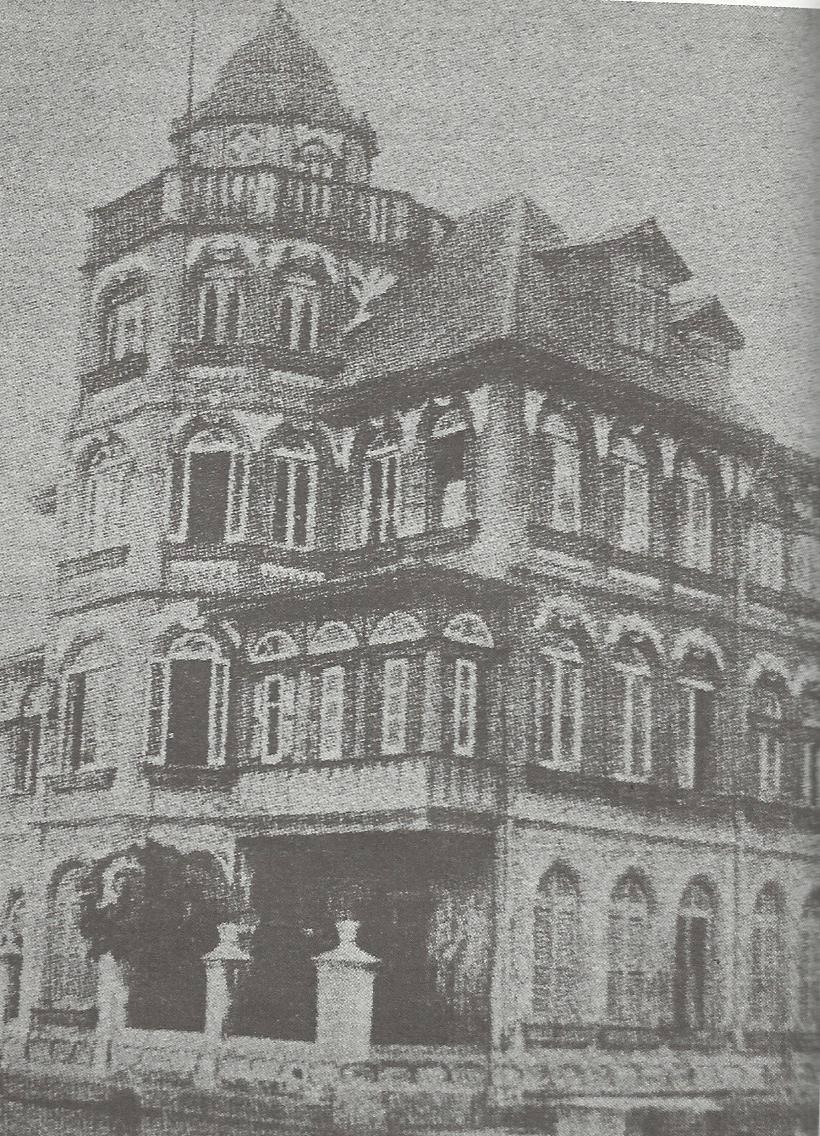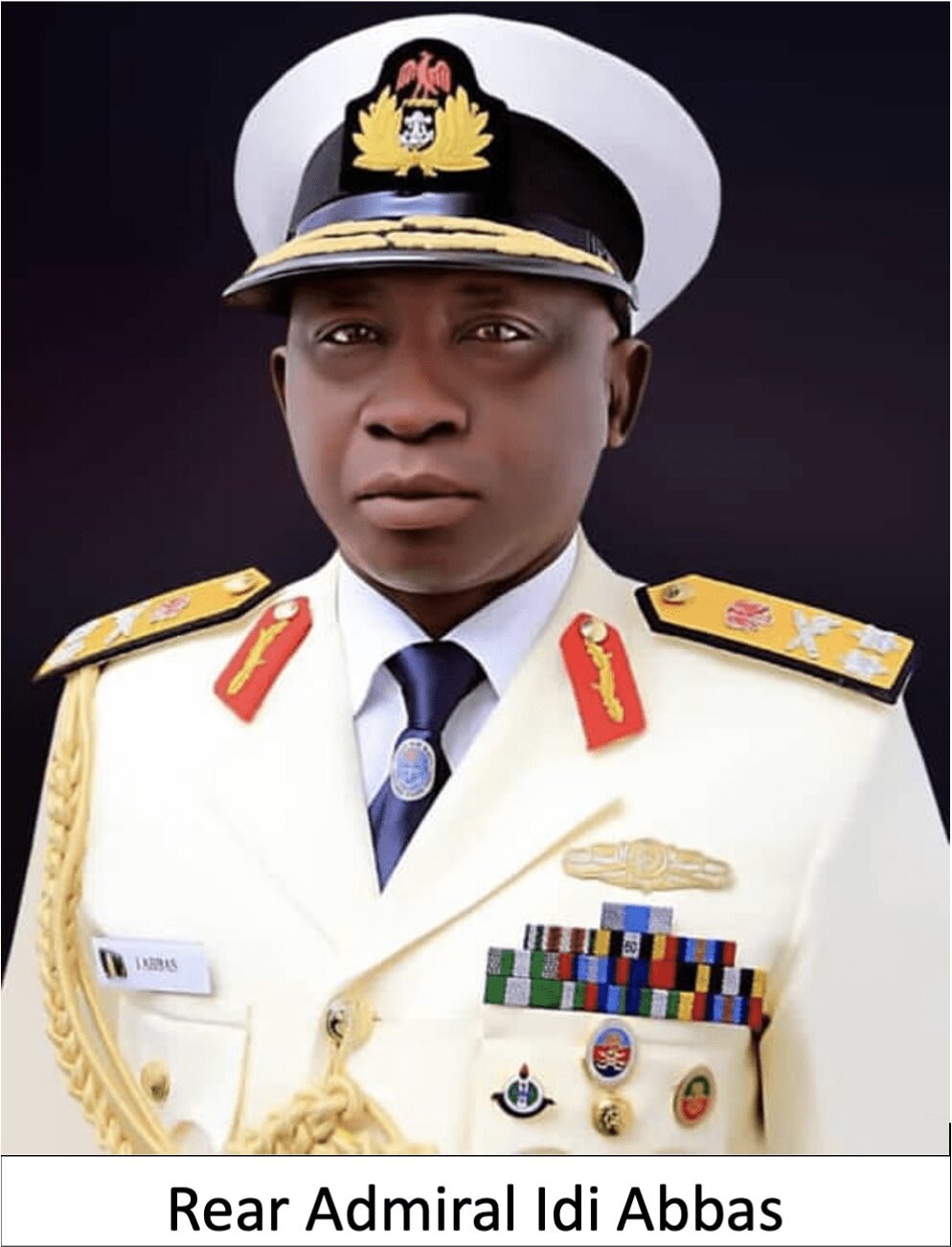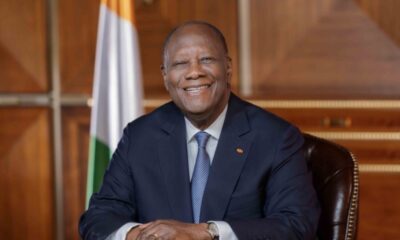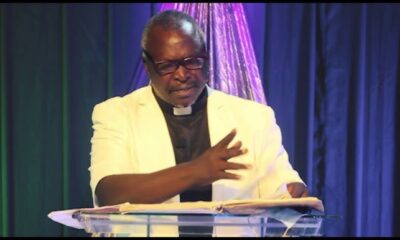On October 24, 2025, President Bola Ahmed Tinubu reappointed Major General Emmanuel Akomaye Parker Undiandeye as Chief of Defence Intelligence, reaffirming confidence in his leadership and expertise in strengthening Nigeria’s defence intelligence operations.
Major General Undiandeye first assumed command as the 17th Chief of Defence Intelligence on June 23, 2023, and continues to serve with distinction in the nation’s security architecture.
Born on September 2, 1968, in Bedia, Obudu Local Government Area of Cross River State, Southern Nigeria, General Undiandeye hails from the family of Mr. Sylvanus and Mrs. Maria Undiandeye.
He began his military career at the Nigerian Defence Academy (NDA), Kaduna, and later proceeded to the Royal Military Academy, Sandhurst, United Kingdom, where he completed his cadet training.
Major General Undiandeye has attended several professional military and strategic courses both locally and internationally, including the Nigerian Army College of Logistics, Lagos, and the Armed Forces Command and Staff College, Jaji, for his Junior and Senior Courses.
His quest for advanced military education took him to the National Defence University (NDU), Washington DC, USA, and the National Defence College (NDC), Abuja, where he earned a Master’s degree from the University of Ibadan.
Major General Undiandeye also attended the Senior Executives National and International Security Programme at the Harvard Kennedy School of Executive Administration, USA, and the International Intelligence Directors Course in Chicksands, United Kingdom.
He holds a B.A. (Hons) in History and a Master of Arts in Strategic Security Studies. He is an International Counter Terrorism Fellow (ICTF) of the NDU’s College of International Security Affairs, Washington DC.
Throughout his distinguished career spanning over three decades, Major General Undiandeye has held several command, staff, and instructional appointments, contributing significantly to national and global security.
His notable positions include;
Chief of Staff, Headquarters Nigerian Army Intelligence Corps
Director, Lessons Learnt, Army Headquarters Department of Transformation and Innovation
Director, Foreign Liaison, Defence Intelligence Agency
Director, Psychological Warfare, Defence Headquarters
Deputy Commandant, Nigerian Armed Forces Resettlement Centre
Commandant, Martin Luther Agwai International Leadership and Peacekeeping Centre, Jaji
Internationally, Major General Undiandeye has served as; Deputy Chief Operations Officer, United
Nations Mission in Liberia (UNMIL); Deputy Chief of Assessments, UN Headquarters, New York; and as a pioneer seconded officer to the United Nations Interim Security Force for Abyei (UNISFA), where he contributed to preventing full-scale conflict between South Sudan and the Republic of Sudan.
His professional excellence has earned him several awards and decorations, including;
Grand Service Star (GSS), Defence Meritorious Star (DMS),
Defence Administration Medal (DAM), Field Command Medal (FCM),
Training Support Medal (TSM), and the
United Nations Headquarters Medal (2013).
Major General Undiandeye is a Fellow of the National Defence College (fdc), Fellow of the National
Defense University, Washington DC (fndu), Fellow of the Chartered Institute of Administration (FCAI),
Fellow of the International Institute of Professional Security (FIIPS), and Fellow of the Nigerian Army Resource Centre (FNARC).
His vast experience in intelligence, operations, and strategic leadership equips him with a strong foundation to coordinate the nation’s defence intelligence architecture effectively.
Major General Undiandeye is happily married to Mrs Jane Ekor Undiandeye, and their union is blessed with three children. His hobbies include reading, golf, photography, and nature watching.
FOLLOW US ON:
FACEBOOK
TWITTER
PINTEREST
TIKTOK
YOUTUBE
LINKEDIN
TUMBLR
INSTAGRAM

 News20 hours ago
News20 hours ago
 Politics21 hours ago
Politics21 hours ago
 Business21 hours ago
Business21 hours ago
 Lifestyle21 hours ago
Lifestyle21 hours ago
 News20 hours ago
News20 hours ago
 Lifestyle21 hours ago
Lifestyle21 hours ago
 Business20 hours ago
Business20 hours ago
 News22 hours ago
News22 hours ago






























